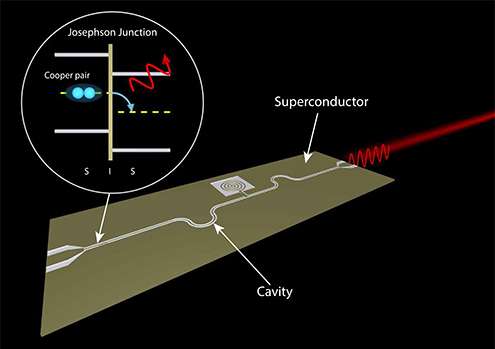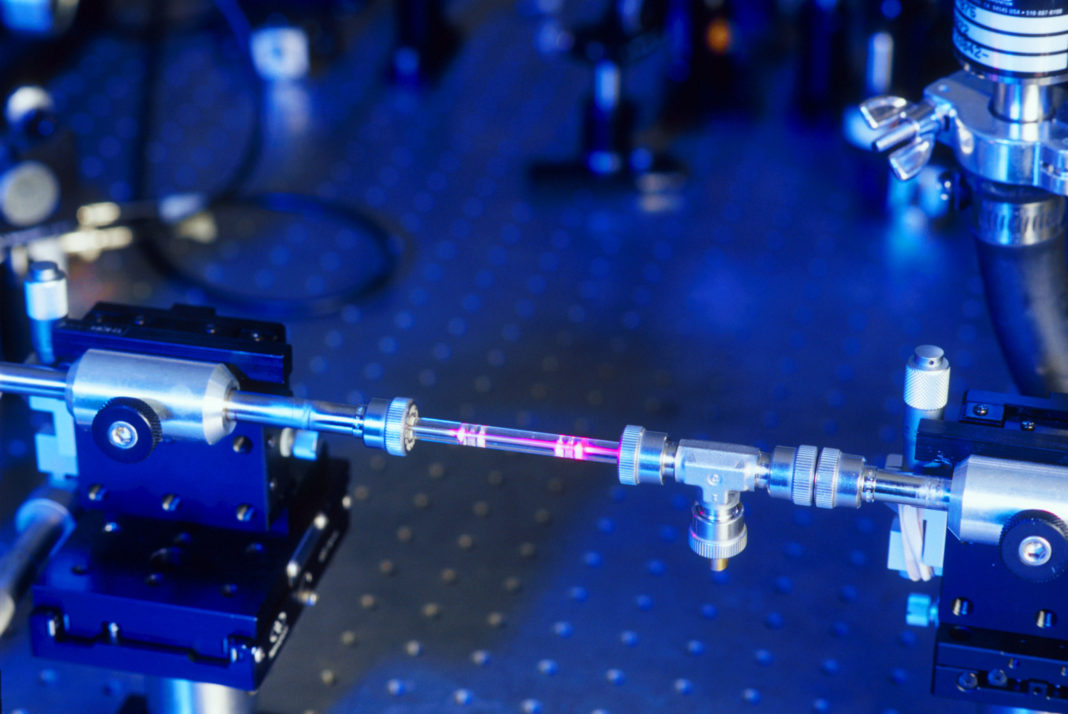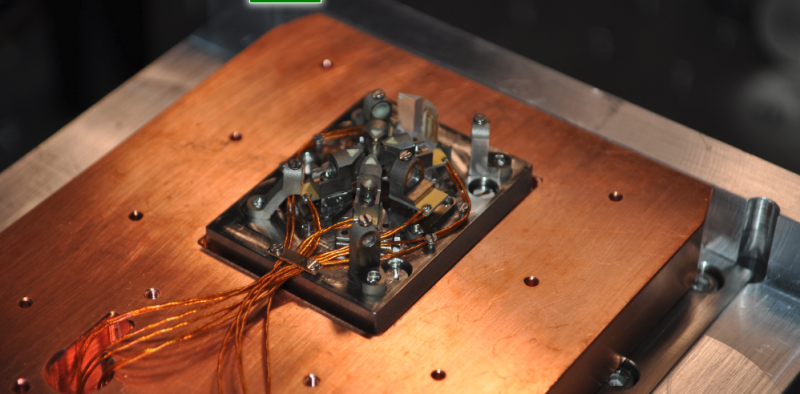A new type of laser has been created by researchers at QuTech based on one of the laws of superconductivity – the AC Josephson effect. The on-chip microwave laser is made from just one single nanoscale Josephson junction that’s paired to a superconducting cavity. The difference in energy that can be seen when a small DC voltage is applied to the battery causes microwaves to be omitted when a copper pair tunnels across the junction. This results in a beam of microwave light that’s emitted from the cavity.
Generally speaking, most lasers are made from several emitters, such as molecules, atoms, or semiconducting carriers, inside a cavity. While they’re often inefficient as they are known to dissipate heat while in action, scientists have managed to create a new type of laser that could just help us solve this issue and more. This new type of laser was built with the Josephson junction in mind as it acts like one single atom even though the cavity is seen as two mirrors when it comes to the microwave light. As the DC voltage is applied to the Josephson junction, microwave photons are emitted that are on resonance with the cavity frequency.

By cooling the device down to a temperature of less than one degree Kelvin ad applying a small DC voltage to the Josephson junction a beam of microwave photons can be observed as they’re emitted out of the cavity. With the on-chip laser being made from superconductors, it’s far more stable and energy efficient that any of its predecessor lasers. This is great news in terms of quantum computing as efficient sources of high-quality microwave light is needed to control individual quantum components. The next move for the team is to extend their research and open up their design to create tunable Josephson junctions that can be used in controlling multiple quantum components.
More News To Read











